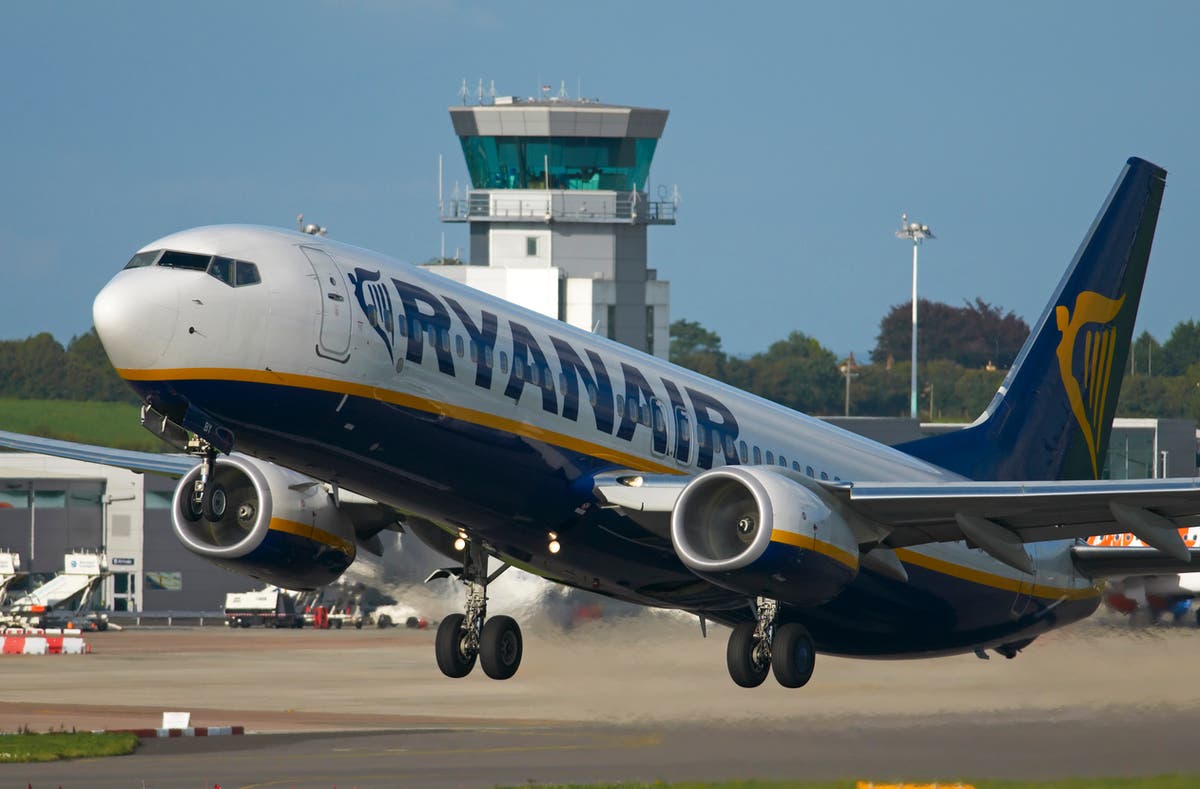Dubai-based plastic surgeon invents augmented MRI protocol that makes wrong incision a problem of the past
The ‘Melnikov protocol’ enhances the precision, speed and quality of reconstructive surgery Leading plastic & reconstructive surgeon Dr. Dmitry Melnikov is the National Vice Secretary for the International Society of Aesthetic Plastic Surgeons (ISAPS) and an active member of...

The ‘Melnikov protocol’ enhances the precision, speed and quality of reconstructive surgery
Leading plastic & reconstructive surgeon Dr. Dmitry Melnikov is the National Vice Secretary for the International Society of Aesthetic Plastic Surgeons (ISAPS) and an active member of the World Society of Reconstructive Microsurgery. Dr. Dmitry performed the operation to remove the synthol oil and dead muscle tissue from the biceps of the Russian bodybuilder dubbed Popeye.
Dr. Melnikov specializes in Superficial Inferior Epigastric Artery (SEIA) and Deep Inferior Epigastric Perforator (DIEP) flaps, two of the latest cutting-edge breast reconstruction procedures that use a woman’s own tissue to create new breasts after a mastectomy due to breast cancer.

The DIEP flap is the most advanced form of breast reconstruction, offering patients a natural looking and feeling breasts. It is a major surgery that requires general anesthesia and a thorough pre-operative assessment to effectively guide the surgeon in performing the incision during the procedure.
Is precision the categorical imperative for SIEA and DIEP surgeons?Both SIEA and DIEP surgeries involve incisions to harvest a flap of complete tissue comprising skin, fat and blood vessels from the lower abdomen. The flap is then shaped into a new breast or used to cover any major traumatic defect. The success of SIEA and DIEP procedures is predominantly defined by the surgeon’s ability to accurately reach the right vessel while harvesting the flap, leaving the abdominal muscle intact.
How is the ‘Melnikov protocol’ different from the usual MRI protocols?While traditional MRI protocols are designed to optimally assess a particular region of the body, I have added an overlay of coordinates to the MRI scan process in order to precisely determine the position of vessels to be harvested with the flap.
Using a custom-made, geometric 3D panel with latitude and longitude lines, I am also able to specifically measure the distance where the incision should be made, allowing me to harvest the flap without compromising the muscle during the procedure.
Is it common for plastic surgeons to use MRI for such procedures?While no one used MRI technology for DIEP planning before, the protocol I created adds a new layer of surgical precision by rendering a 3D model of the abdominal wall prior to the surgery, supporting me in visualizing and locating the right perforator vessel that will be targeted during the flap harvest.
How important of a role does technology play in plastic and reconstructive surgery today?There is no doubt that micro-devices and precision medicine represent some of the most advanced areas of medical and aesthetic procedures, allowing surgeons to perform small incisions and avoid damage or scarring to the surrounding tissue. This is the rationale behind my humble invention. My aim is to utilize technology in order to create better and safer results for patients.
MRI technology, coupled with my GPS-like add-on, empowers the diagnosis process and the analysis of patient anatomy, providing a detailed 3D model of the vessels. This helps me navigate to the target areas with ease, perform the surgery with high precision and minimal incision, barely touching the muscle. In addition, I rely on big data from computer tomography to study patient anatomy before the surgery.
How does the ‘Melnikov protocol’ translate into tangible benefits for the ultimate beneficiary—the patient?In patient terms, the ‘Melnikov protocol’ means safer and shorter surgeries, and less chances of post-operative complications. My number one priority is to ensure patient safety and wellbeing during and post operations, especially considering the elective nature of cosmetic surgery. Robust pre-operative evaluations are not only nice-to-have, but should be seen as essential safety guidelines that can improve wider medical practices and help doctors circumvent preventable complications due to surgery.
How relevant and important are pre-operative evaluations in relation to cosmetic surgery in particular?A pre-operative assessment in any shape or form is a prerequisite to most types of surgeries, especially elective procedures where the risk of complications should naturally be lower. The goal is to make sure that the patient is fit and ready to undergo surgery. The more comprehensive the pre-operative investigation is, the more capable the surgeon will be while planning and performing the procedure. Taking pre-emptive measures to manage potential issues that may arise during surgical procedures is a steppingstone to patients’ safety and comfort.
In my pre-operative assessment routine, the accurate mapping of the flap donor area is as important as ensuring the patient’s overall state of health and the presence of viable implantable tissue before the operation.

 Aliver
Aliver 






















![Is ChatGPT Catching Google on Search Activity? [Infographic]](https://imgproxy.divecdn.com/RMnjJQs1A7VQFmqv9plBlcUp_5Xhm4P_hzsniPsfHiU/g:ce/rs:fit:770:435/Z3M6Ly9kaXZlc2l0ZS1zdG9yYWdlL2RpdmVpbWFnZS9kYWlseV9zZWFyY2hlc19pbmZvZ3JhcGhpYzIucG5n.webp)








